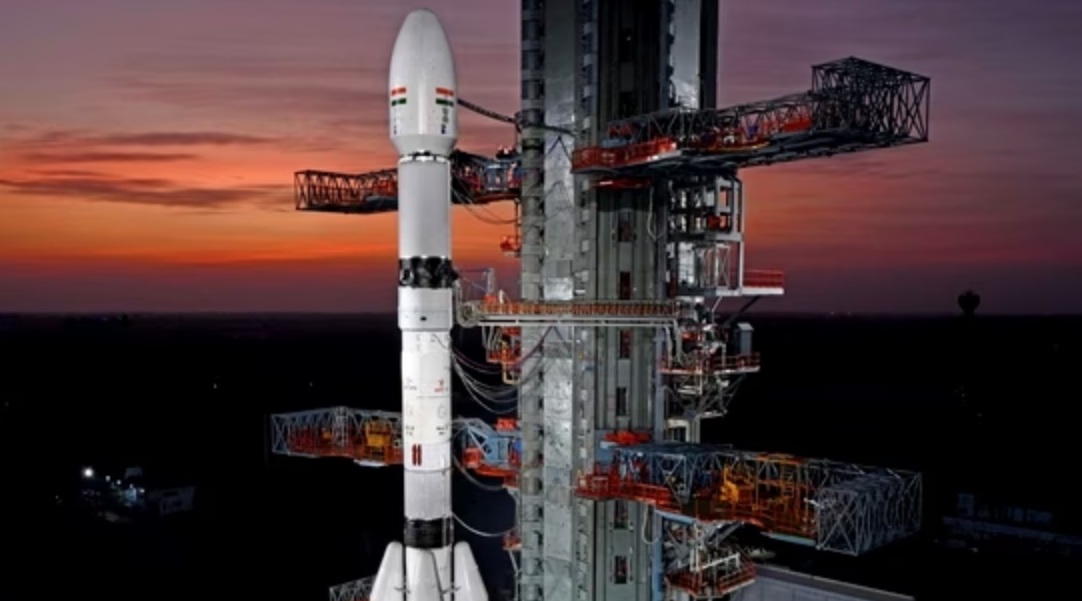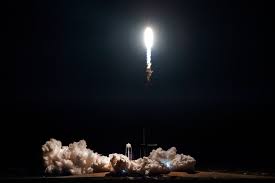NASA revealed that the “Perseverance” rover awaits when landing on the Red Planet on February 18
NASA’s Jet Propulsion Laboratory has published an animated video of the upcoming landing of the monochromatic Mars rover Perseverance, which is scheduled for February 18 next year. The robotic vehicle should land in the Martian crater Jezero and look for evidence of the existence of life on the Red Planet in the past. But before that, he will have to experience “seven minutes of horror,” as noted by the American space agency.









